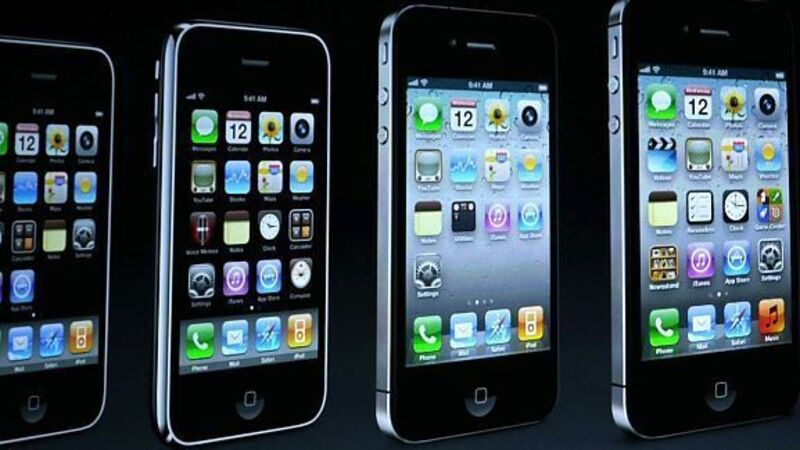iPhone tops smartphone reliability study

THE iPhone is not just the best selling smartphone on the planet, it’s also the most reliable.
A new study carried out by community-based trouble shooting resource FixYa used data from over 722,500 problems reported along with market share data from StatCounter, to come up with a reliability score for each of the leading smartphones on the market.













